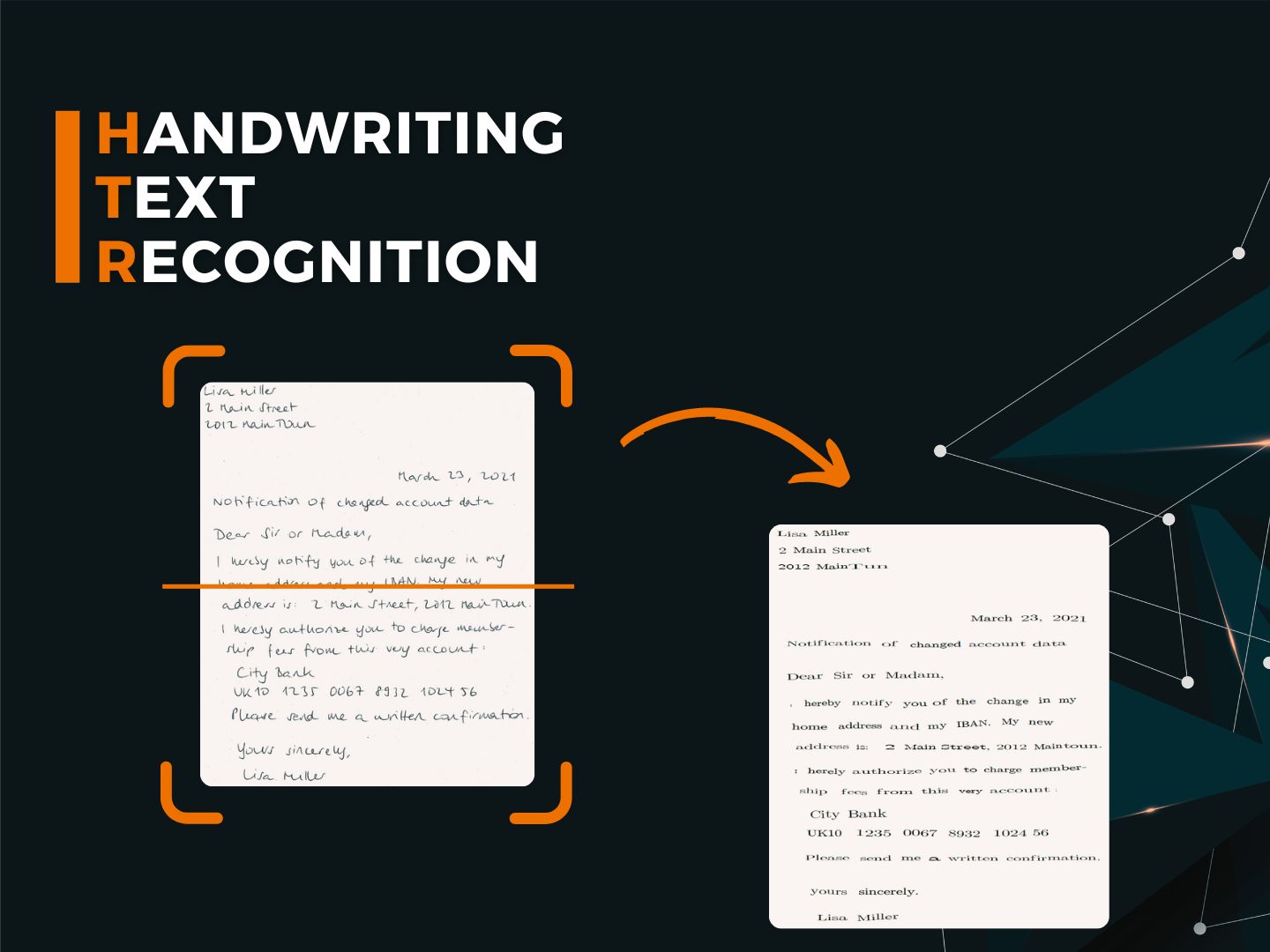Handwriting Text Recognition (HTR)
When Scribbles Become Digital Data
- 1
- 2
- 3
- 4
- 5
Whether handwritten applications in government offices, millions of historical documents in archives, or diverse customer documents at scanning services – handwritten text recognition (HTR) transforms illegible scribbles into structured, searchable data. What used to take weeks of manual work now takes hours with modern AI. But how does this work and what does it mean for your processes?
HTR, HWR, ICR – Many Names, One Mission
Handwritten text recognition hides behind many abbreviations:
- HTR (Handwritten Text Recognition)
- HWR (Handwriting Recognition)
- ICR (Intelligent Character Recognition)
- HOCR (Handwritten Optical Character Recognition)
The goal is always the same: Automatically convert handwritten text into digital, searchable data. No more manual transcription.
What Makes Handwriting Recognition So Difficult?
Everyone writes differently. This makes HTR one of the most demanding AI tasks.
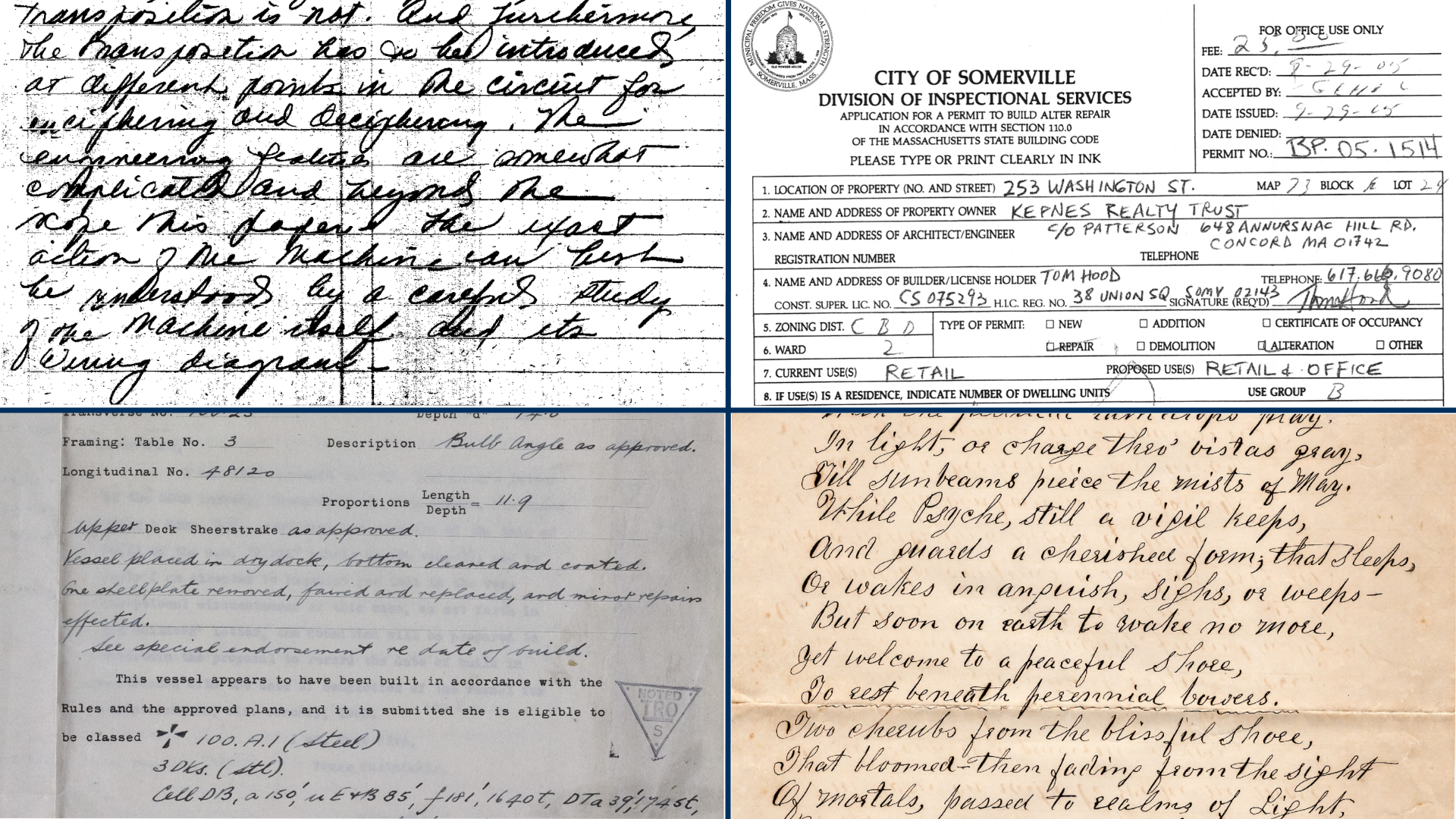
The Challenges in Detail:
IDA Recognition: Handwriting Recognition That Works
PLANET AI’s IDA Recognition masters these challenges with over 30 years of AI expertise. The system recognizes not only modern handwriting but also historical scripts like Sütterlin or Kurrent – perfect for archives and cultural institutions.
Strengths:
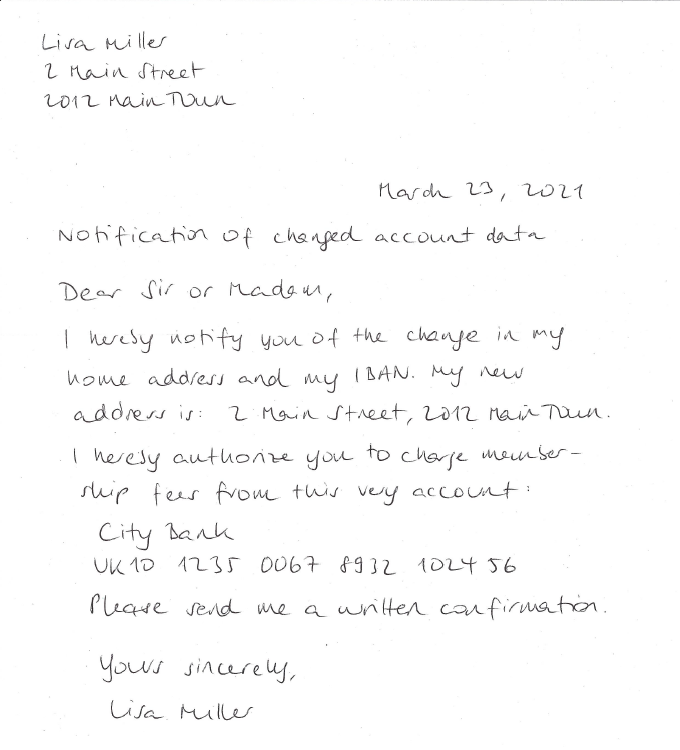
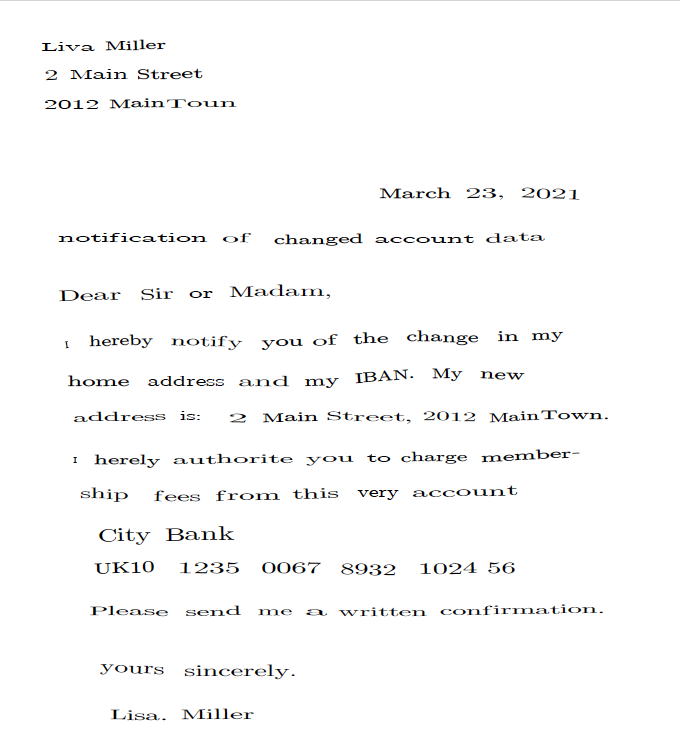
Data Quality as the Foundation for Success
How precise is IDA really? Our comprehensive OCR Benchmark hows: IDA Recognition significantly outperforms market-leading OCR solutions – even with the most difficult handwriting. This precision is crucial: Faulty capture leads to wrong decisions in downstream processes. Especially in regulated areas like government agencies or critical archiving projects, this reliability is essential.
IDA Recognition as a Basis for Subsequent IDA Features
IDA Recognition is a component of the comprehensive IDA solution for intelligent document processing. Additional IDA modules complete the offering:
- IDA Classification automatically sorts documents by type
- IDA Extraction specifically retrieves important data
- IDA Understanding analyzes content and context
This creates an end-to-end pipeline: Documents are not just read, but also understood and processed in a structured way.
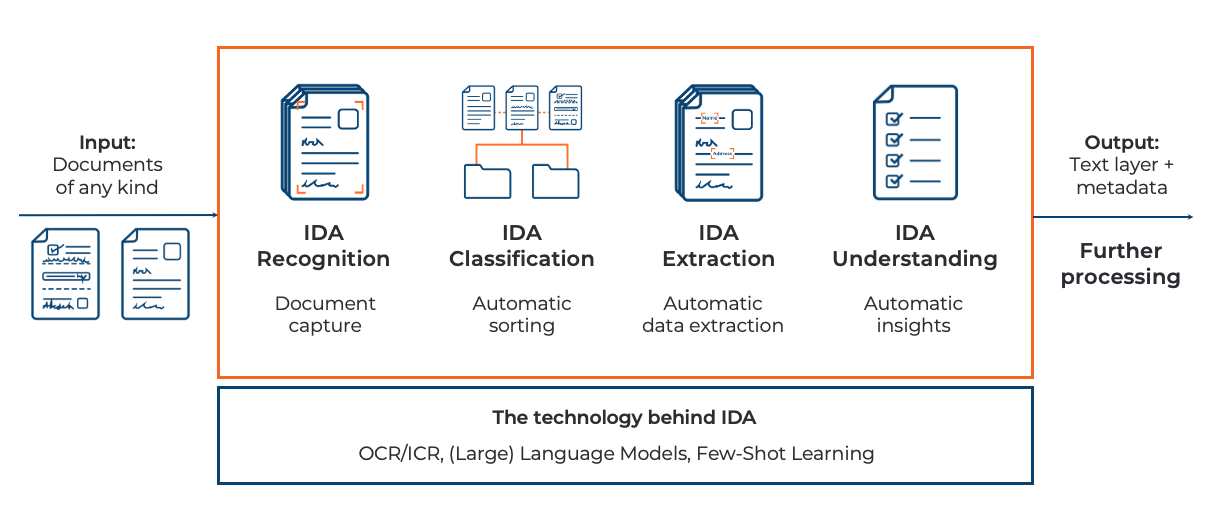
Where HTR Creates Real Value
Scanning services
- Efficiently digitize diverse customer documents
- Higher throughput rates and better margins through automation
Archives and cultural heritage
- Make millions of historical documents searchable
- Centuries-old knowledge available at the click of a button, researchers save weeks of search time

Government agencies and public sector
- Automatically capture applications, forms, and decisions
- 60% less processing time and more capacity for citizen contact
Other industries
- From insurance to logistics – wherever handwritten documents are processed
- Faster processes, fewer errors, more satisfied customers
Ready for the Next Step?
Handwritten text recognition bridges the gap between the analog and digital worlds. With the right technology, paper stacks become structured data that accelerates your processes.
PLANET AI makes even the most difficult handwriting readable with over 30 years of AI expertise – precise, scalable, and „Made in Germany“.
Test IDA Recognition for free: Upload your handwritten documents to our free OCR trial and experience the precision yourself.
Need individual consultation? Contact us for a ROI calculation for your use case.

